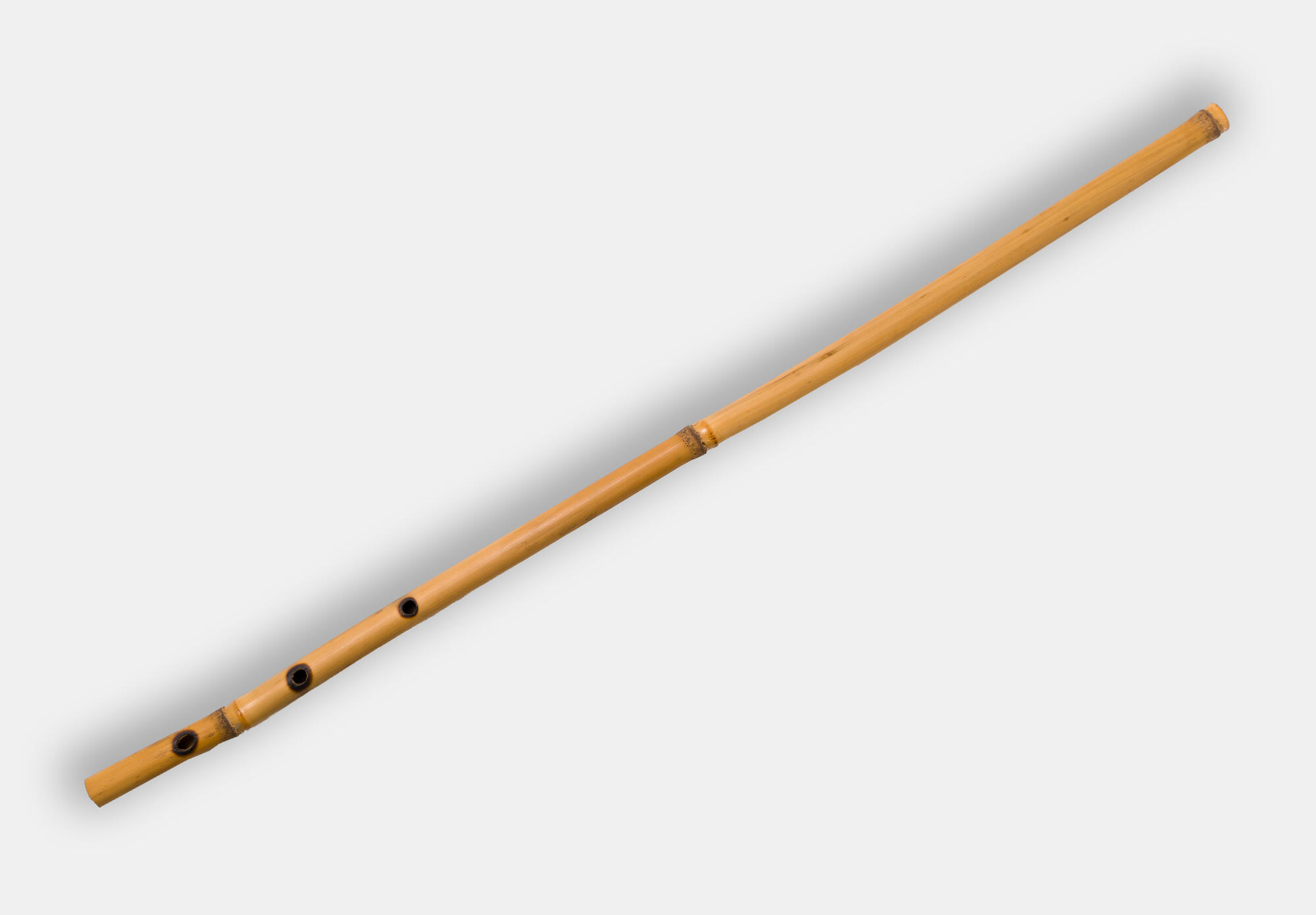The Nart epic was common to several peoples of the North Caucasus: the Abkhaz-Adyghe peoples, Balkars, Ingush, Karachai, Ossetians, Chechens. It was based on legends about the origin and adventures of Nart heroes. In one of the legends of the Nart epic, the invention of the flute is attributed to the legendary Nart musician Ashamez.
The fame of Ashamez’s feats thundered all over the land. His life, as befits a Nart, was spent in the saddle. One day, Ashamez was rather tired and decided to rest. A dense forest was in front of him, luring him with its coolness and tranquility. Ashamez hobbled his horse, lay down under an old spreading tree and was soon fast asleep. Suddenly a strong wind blew, it began to rain, a branch broke off and fell, covering him with leaves. But amid this noise of rain and wind, Ashamez heard other sounds, gentle and melodic, peculiar to his ears. The hero lay for a long time listening to these sounds until he realized that it was the broken branch singing. He began to not only listen, but also look closely at the branch. And what did he see? The worms ate out the core of the branch, and made many holes in the bark. When the wind blew into them, music was played. Ashamez cut off a part of the hollow branch and blew on it. An astoundingly beautiful melody spread through the forest. This is how the flute was discovered in the land of the Narts.
The Adyghe flute, or “kamyl”, is a thin cylindrical tube open on both sides which is used to make sounds by cutting a stream of air against the sharp edge of the instrument’s body.
The flute is mainly intended for performing dance music. At large folk celebrations musicians, usually in groups of three or four, performed together or alternating between each other.
Throughout history, the design and material of the flute changed. For a long time, reeds were the only material for making the instrument. Later, flutes began to be made from harder wood and a soft core — elderberry, blackthorn. To make the instrument look elegant, it was sometimes pasted over with leather or velvet, and the embouchure was set with horn or covered with silver for hygiene purposes.

